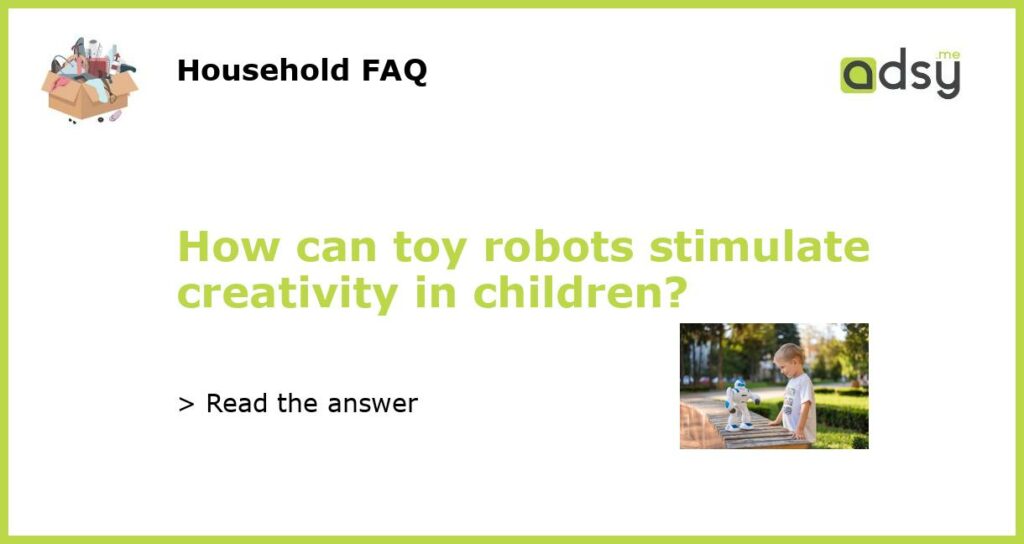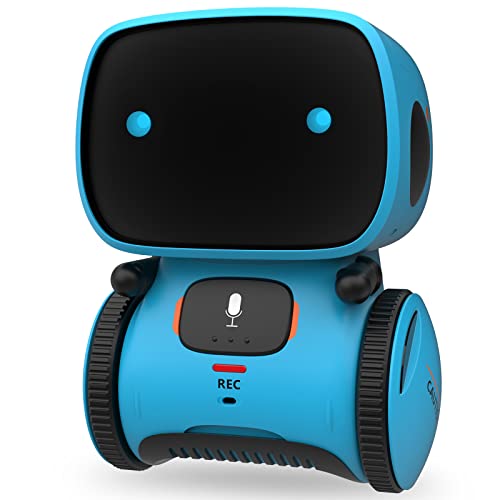Toy Robots and Creativity: An Introduction
Toy robots have become increasingly popular among children of all ages. These innovative and interactive toys have captured the imaginations of kids around the world. However, beyond providing entertainment, toy robots can also have a significant impact on a child’s creativity. In this article, we will explore how toy robots stimulate creativity in children and why they are an essential tool for fostering imagination and innovation.
Encouraging Problem-Solving Skills
One of the key ways toy robots stimulate creativity in children is by encouraging problem-solving skills. Many toy robots today come with various functions such as sensors, LED lights, and programmable features. By experimenting and trying different combinations, children are prompted to think creatively to make the robot perform different tasks or actions. This process of trial and error fosters critical thinking and problem-solving abilities, allowing children to develop unique and innovative solutions to challenges they encounter.
Inspiring Imagination and Role-Play
Toy robots often have unique designs and characters, which can inspire imaginative play in children. Whether the toy robot resembles a friendly companion or a futuristic superhero, children can create stories and scenarios around their robot friend. This type of imaginative play helps children develop narrative skills, emotional intelligence, and the ability to think outside the box. They can invent new adventures and explore different worlds through their interactions with the toy robot.
Introducing STEM Concepts in a Fun Way
Toy robots provide an excellent opportunity to introduce STEM (Science, Technology, Engineering, and Mathematics) concepts to children in a fun and engaging manner. Many toy robots require children to understand coding or basic programming principles to control the robot’s movements. Through this process, children learn about logical reasoning, sequencing, and problem decomposition. By combining creativity with STEM concepts, toy robots can ignite a child’s curiosity and passion for these fields, setting the stage for future exploration and learning.
Fostering Collaboration and Teamwork
Finally, toy robots can stimulate creativity by fostering collaboration and teamwork among children. Some toy robots are designed to be controlled by multiple users simultaneously, encouraging children to work together to achieve a common goal. This collaborative play not only enhances social skills but also requires children to communicate, negotiate, and compromise. By working in teams, children can combine their creative ideas and skills, resulting in even more imaginative play and problem-solving.






